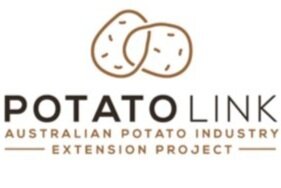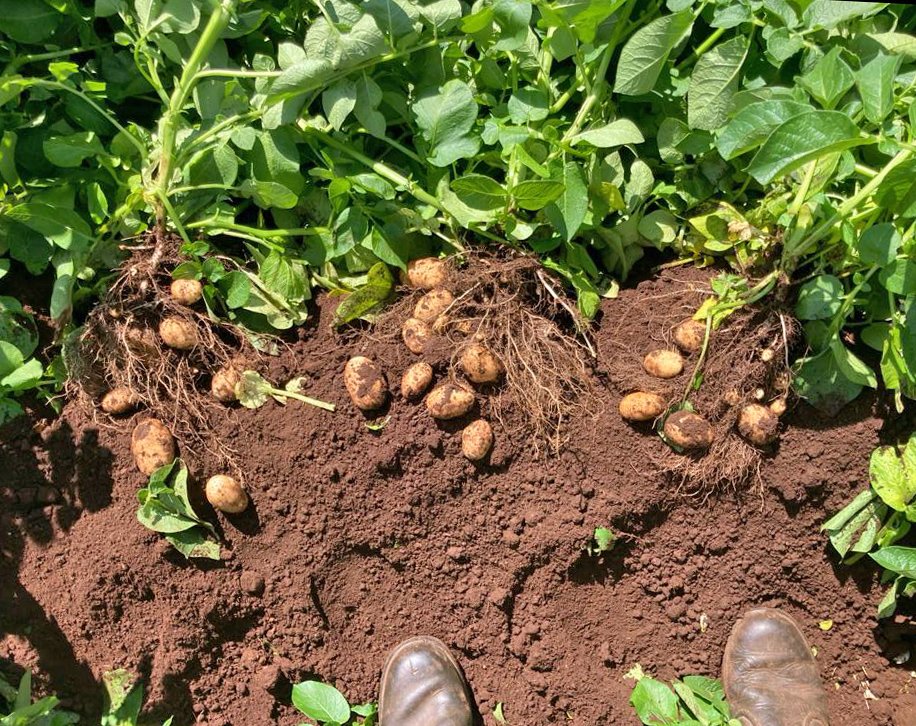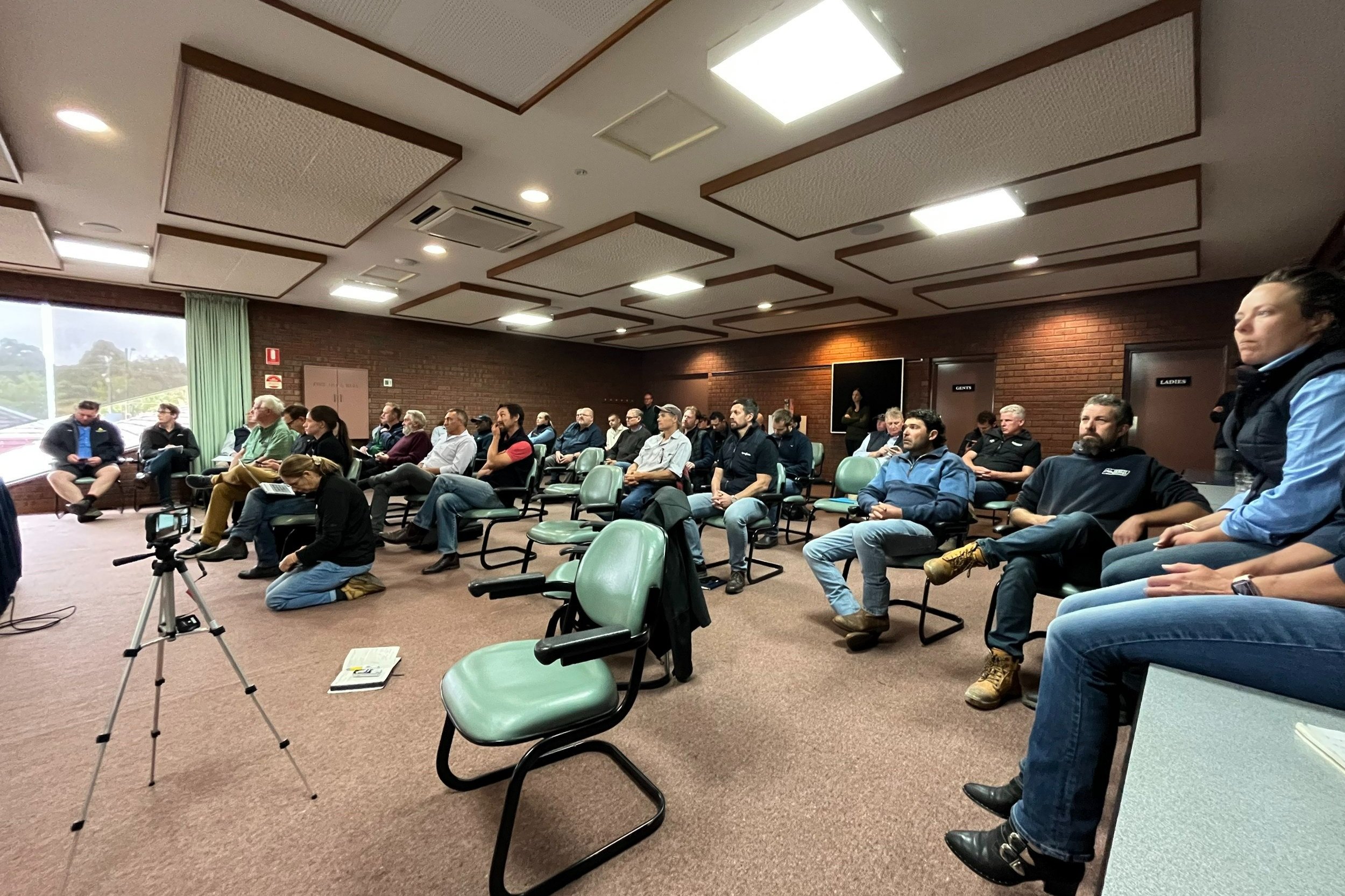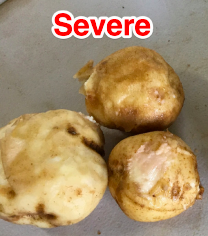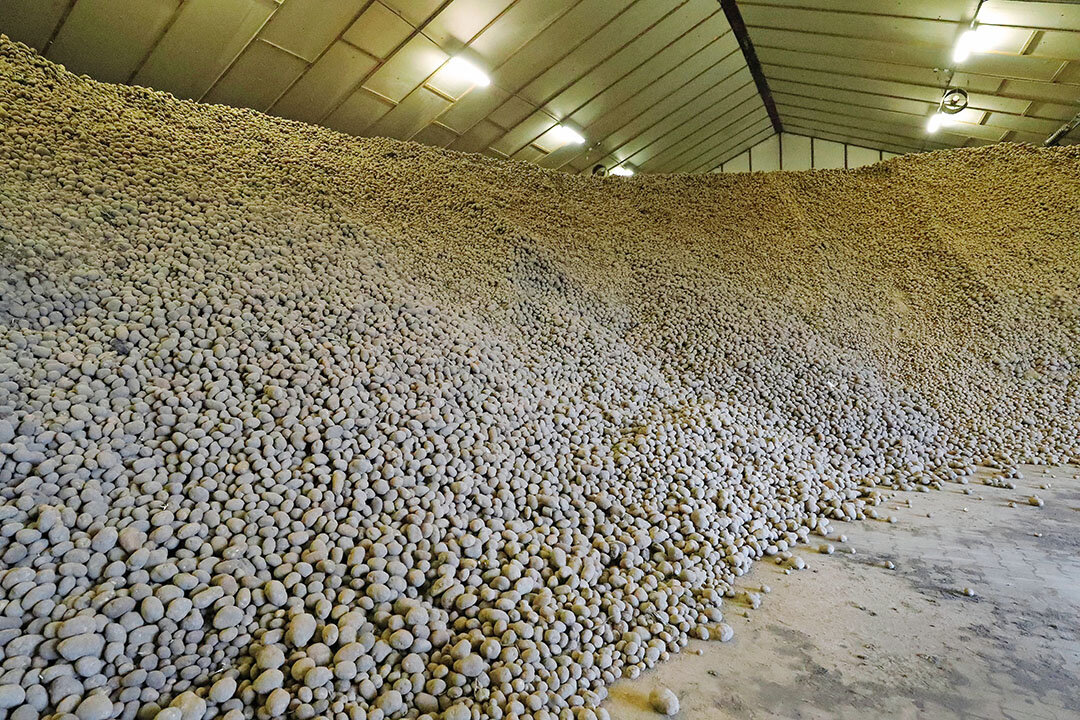
Storage
Handling and storing seed correctly is essential to maximise returns on this valuable investment, and avoiding condensation during cooling is critical to minimise the risk of storage diseases. To achieve this, seed potatoes are usually cooled very slowly, dropping only 2oC weekly. In this PotatoLink trial, we tested the effects of three cooling rates. Read the full article in Issue 13 of PotatoLink magazine.
Harvest is where all the effort and expense that has gone into growing the crop finally comes to ‘tuberition’. It is where money can be made or lost, and where the grower finally, conclusively, finds out what has been happening under their feet. Read about how to get the most out of your harvest and how to correctly store potatoes in this PotatoLink magazine article.
Three successive La Niña seasons have left prime potato growing areas waterlogged. Challenges for growers are evident at every stage, from managing seed, planting, crop management and storage. Paulette Baumbartl covers all the key points in this article in Issue 8 of PotatoLink magazine.
On the 2nd of February 2023, PotatoLink hosted a workshop In Ballarat. Weeds, disease, seed and storage were all covered in these presentations.
This 2005 Hort Innovation study involved a survey of packers, supply chain monitoring and storage trials. Storage and transport temperatures ranged from 4C to ambient, with washed potatoes more likely to be cooled that brushed or dirty potatoes.
This 2004 Best Practice guide for handling and storing seed potatoes includes information and checklists as well as reference information on critical times and temperatures and a troubleshooting guide.
This 2003 report proposes guidelines on site-specific nitrogen management using ‘real-time’ monitoring tools. By looking at plant, stem and tuber numbers, yield, tuber size and quality and previous paddock history the impact of nitrogen on a seed crop was determined.
Packing/Processing
With slender margins and fierce competition, food production companies are constantly trying to find faster, more efficient, more accurate and lower cost ways to process potatoes. In this PotatoLink magazine article, steam peeling and optical sorting in potato processing is discussed.
Management of rots, both in the field and postharvest, is an ongoing challenge for potato producers. The issue is usually managed by minimising the time interval between harvesting and processing of potatoes. Read the report by Soil Wealth Integrated Crop Protection for more information.
This 2003 paper by SA Research &Development Institute delves into the postharvest washing of potatoes to find where bacterial soft rot originates and where it develops. The report suggests some ways in which soft rot causing bacteria can be controlled in this process.
Dormancy/Sprouting
How well do pre- and postharvest anti-sprouting treatments work? What are some steps that you can take to reduce the sprouting of your stored potatoes? This Scientific Journal article covers this topic in depth, giving you the most up to date information and solutions.
Pre-Harvest Effects
This 2004 report delves into the causes and management strategies for the potato tuber internal disorder brown fleck. The relationship between potential yield and brown fleck incidence is explored along with some management options that can be implemented to reduce incidence of the disorder
